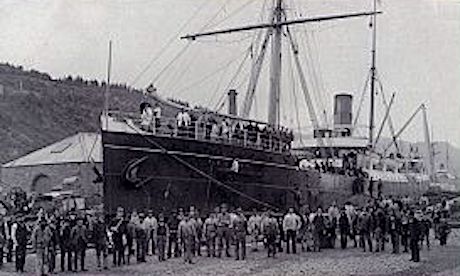New Zealand is supporting the repair and redevelopment of a site in Vaimoso cemetery, near Apia in Samoa, which will be a national memorial to the influenza epidemic.
Foreign Affairs Minister Winston Peters has announced support for the memorial and the refurbishment of the nurses’ training centre to mark the centenary of the arrival of a ship from New Zealand which was carrying sick passengers.
“One hundred years ago the New Zealand passenger ship Talune arrived in Apia, with flu infected passengers on board. The consequences of that arrival were devastating,” Peters said.
“We acknowledge that almost all Samoan families were impacted in some way by the epidemic and we respectfully join with Samoa to mark the centenary today as National Health Day.”
On 7 November 1918, the New Zealand passenger and cargo ship Talune arrived at Apia from Auckland.
On board were people suffering from pneumonic influenza, a highly infectious disease already responsible for hundreds of thousands of deaths around the world.
Although the Talune had been quarantined in Fiji, the New Zealand administration in Samoa allowed sick passengers to disembark with no quarantine checks.
The disease spread rapidly, killing an estimated 20 percent of the population – at least 8,500 people – in less than two months.
In New Zealand, the number who died was 8573.
According to a 1947 United Nations report, the epidemic in Samoa ranked as one of the most disastrous epidemics recorded anywhere in the world during the 20th century, so far as the proportion of deaths to the population is concerned.
The commemoration was marked with a public holiday, church service and ceremony at the mass grave at Vaimea, one of the dozens of mass graves that dot the country.
The New Zealand High Commissioner to Samoa represented the government at commemoration services in Apia.
Source
Additional readingNews category: New Zealand.




